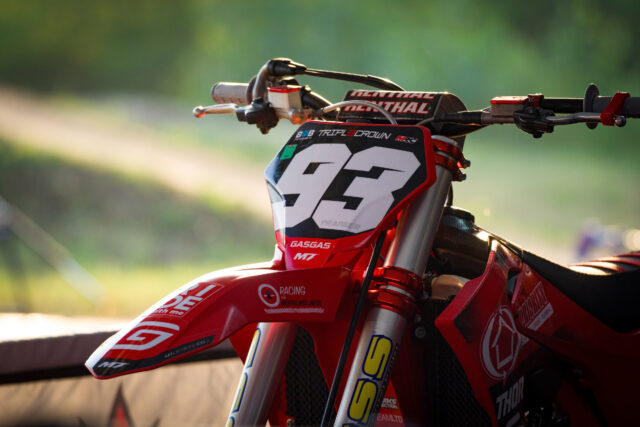
D-spec: The science and the data behind engine preparation
There’s a popular belief in the dirt bike world that if you want more performance, you just bolt on an exhaust, slap in a new map, and your bike suddenly becomes a rocket.
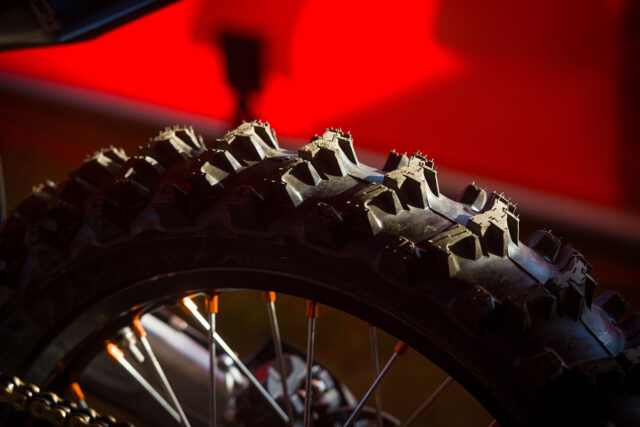
There’s a popular belief in the dirt bike world that if you want more performance, you just bolt on an exhaust, slap in a new map, and your bike suddenly becomes a rocket. Forums are full of claims like:
“Put on this pipe, you’ll gain five horsepower.”
“Get this map, it completely transforms your bike.”
At D-Spec Motorsport, we’ve spent thousands of hours proving that it’s rarely that simple. Modern dirt bikes are far more sophisticated than most riders realize, and true performance gains come from data, testing, and a deep understanding of how a bike behaves not just at full throttle, but in every corner, bump, and transition on the track or trail.
It’s tempting to obsess over peak numbers. The biggest horsepower figure on a dyno sheet looks impressive—and in bench-racing circles, it’s great for bragging rights. But the truth is, even professional riders spend only about 3-4% of their time at wide-open throttle (WOT).
The other 97% of riding happens off the pipe—navigating traction, rolling into corners, managing bumps, and reacting to changing terrain. It’s during these moments that the true character of a bike reveals itself.
A small surge of power in midrange can unsettle the chassis. A too-linear throttle can feel sluggish and rob confidence. Fast-revving engines can create wheelspin rather than forward drive.
That’s why at D-Spec, our philosophy is simple: We tune for the 97%.
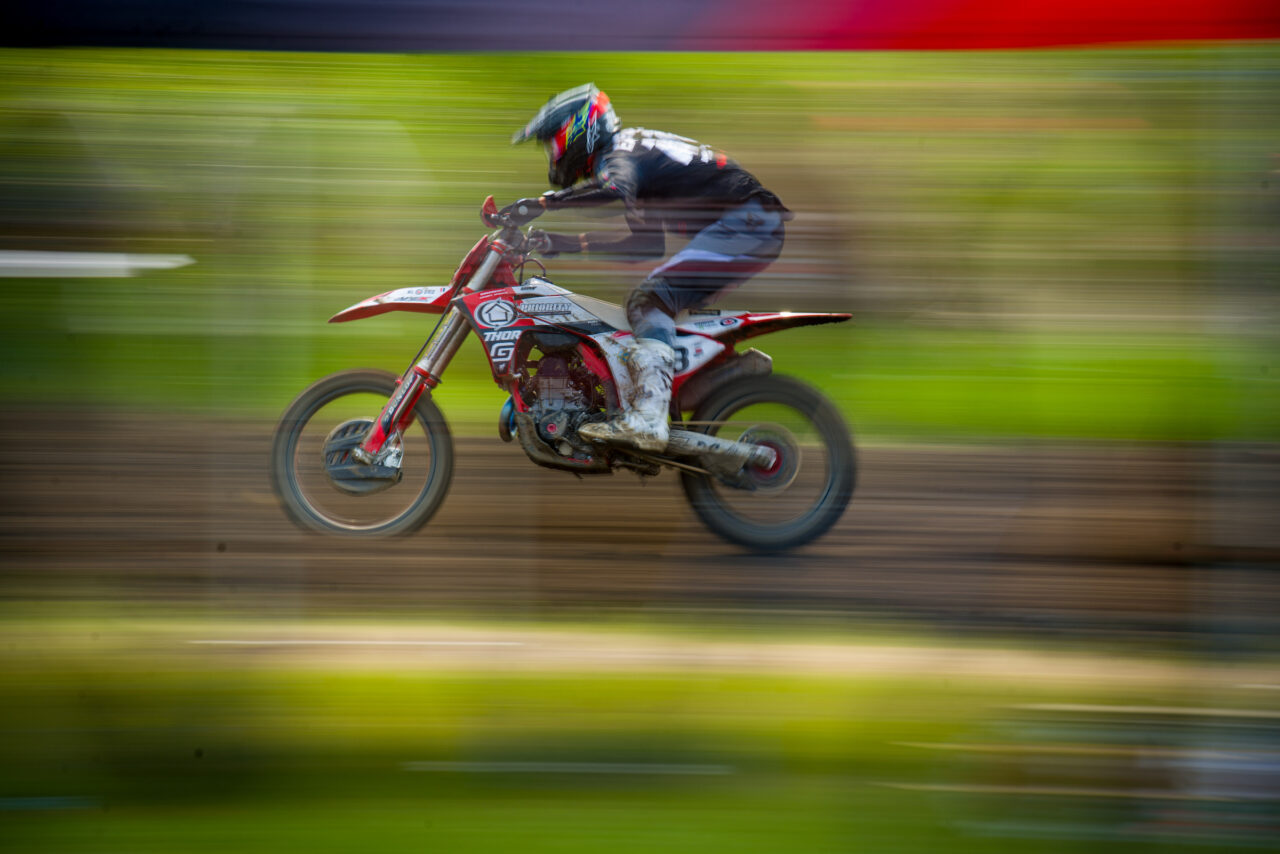
Citation Lorem Ipsum is simply dummy text of the printing and typesetting industry. Lorem Ipsum has been the industry's standard dummy text ever since the 1500s
Auteur
If you tuned dirt bikes back in the carburetor days, things were simpler. Swap jets, adjust needles, and hope the weather stays consistent.
Modern EFI systems, like those found on KTM, Husqvarna, and GasGas models—as well as Honda, Kawasaki, and Suzuki—are on a completely different level. They’re designed by Keihin, the same manufacturer that once produced carburetors for these brands. Yamaha, on the other hand, uses an EFI system developed by Mikuni, another well-known name from the carburetor era.
These ECUs don’t just squirt fuel. They manage ignition timing, throttle opening, torque limits, gear-specific strategies, temperature controls, and more.
One of the most misunderstood areas is the idea of closed-loop operation. In cars, many ECUs use virtual torque models, complex feedback systems, and constant adjustments based on O2 sensors. In off-road motorcycles, things are simpler.
“GET ECUs don’t use virtual torque models like automotive ECUs,” explains David from D-Spec. “Most of the maps are driven by two main factors: RPM and throttle opening. Off-road motorcycles generally run on an open-loop system. That’s a topic we’ll definitely dig deeper into in a future article—it’s one of the biggest misconceptions in EFI tuning.”
At D-Spec, nearly every performance project begins on the dyno. It’s an essential tool to quantify changes, spot dangerous trends, and measure real gains or losses.
But David is the first to point out that a dyno chart doesn’t tell the whole story.
“I’m not surprised anymore when a part loses horsepower or torque on the dyno. Sometimes a fancy exhaust system actually takes away midrange power instead of adding it. It happens all the time.”
That’s why D-Spec doesn’t just stop at the dyno. They also rely heavily on data logging and track testing.
Sensors like:
…and wideband AFR sensors on the header pipe all feed critical info into the tuning process.
A map that looks great on the dyno might feel horrible on the track. A “smooth” curve might translate to a bike that feels dead and sluggish under throttle. Conversely, a bike with slightly less peak power might ride dramatically better if the power is delivered in the right way.
At the heart of D-Spec’s maps lie two critical elements:
These define how the engine breathes and responds under load. But that’s just the beginning.
“Acceleration is what most people think about first when tuning EFI,” David says. “But deceleration is just as important for a good-running motorcycle.”
A properly tuned bike must handle engine braking without abrupt transitions. Excessive decel fuel cut or aggressive ignition retard can make a bike unstable entering corners.
Another area where D-Spec devotes attention is avoiding unwanted pops and bangs on deceleration. Some riders love the sound; D-Spec sees it differently:
“We fine-tune the engine braking so your bike feels controlled and precise, not like a gunfight on overrun. Pops and bangs might sound cool, but they’re often a sign of poor mapping.”
Then there’s the DTPS (Delta Throttle Position Sensor) tables, which act like an “accelerator pump” in carbureted bikes, sharpening throttle response without causing harshness.
Another myth in the performance world is that one map fits every rider.
In reality, tuning is a game of trade-offs. A lightning-fast throttle might help a pro explode out of corners—but it can also upset chassis balance for less experienced riders. A super-linear map might feel smooth but rob the bike of urgency.
“If it was possible to make everything perfect all the time, bikes would come that way from the factory,” David explains. “Like suspension, EFI tuning is always about finding the best compromise.”
That’s why D-Spec sometimes develops multiple stages for a single model.
Many modern bikes feature dual-map switches, offering two personalities at the flick of a button.
“Most of the time, the differences are subtle,” says David. “But on bigger bikes—like 450 motocross machines or dual-sport 500s—we can create maps that make the bike feel radically different.”
Imagine one map tuned for aggressive track riding and another softened for technical trails or slippery conditions. For serious riders, it’s like owning two bikes in one chassis.
Despite all the sensors, charts, and software, the real test happens where the rubber meets the dirt.
D-Spec works with a range of riders, from national-level pros to weekend warriors. Each has different needs and riding styles, and they provide critical feedback that guides the final tuning.
“We try to get to know the bike with its good traits and its downfalls,” David says. “Then we work around that to deliver the best compromise possible. Add track tuning on top, and we can really create something that fits even the most demanding rider.”
Tuning isn’t a one-and-done process. As new models appear, as riders push bikes in new ways, and as technology evolves, D-Spec continues to refine their approach.
“There are always new things to learn,” David says. “Even after hundreds of dyno runs and hours of testing, sometimes one small change transforms the entire feel of the bike.”
And that’s the essence of why they do it. Because for D-Spec, performance isn’t about chasing a bigger number on a chart. It’s about creating a bike that feels alive, connected, and capable of delivering those unforgettable moments on the track or trail.
“”
In the end, the only curve that matters, is the one that makes you grin inside your helmet.
David
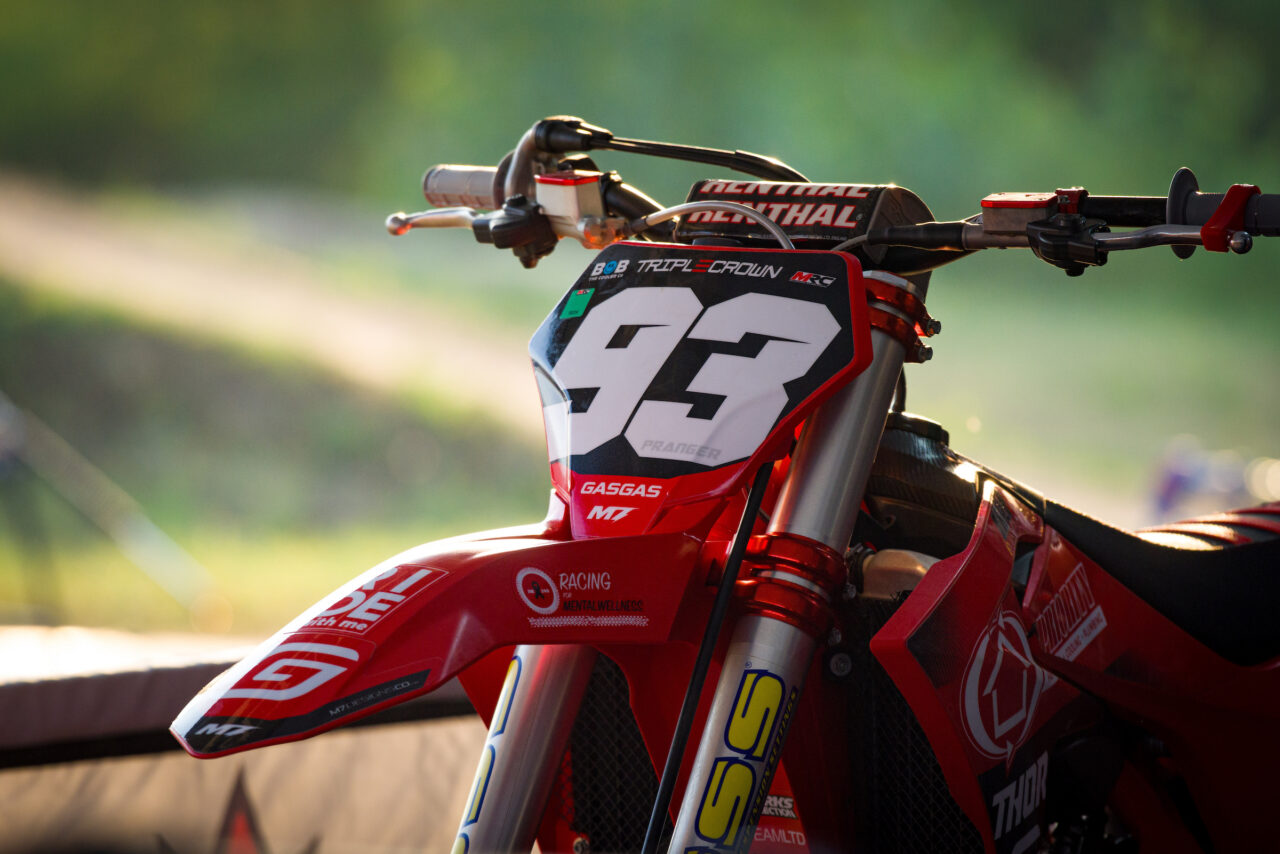
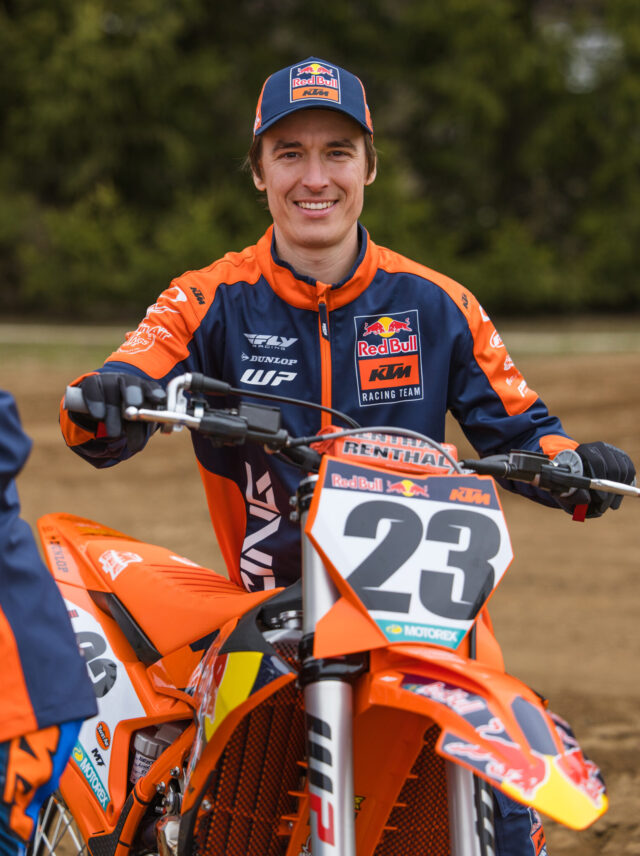
With over 20 years in the Dirt Bike world, and EFI tuning in-depth expertise, David helps riders of all levels — including pros at the Canadian Championship level — turn their machines into true performance tools.
In his articles, he breaks down technical concepts with clarity, shares dyno and track-tested methods and gives you the insights you need to unlock every ounce of performance… where it really matters.

Avec plus de 20 ans dans l’univers du hors-route et une expertise pointue en tuning EFI, David accompagne des pilotes de tous niveaux — jusqu’aux pros du championnat canadien — pour transformer leur machine en un outil de performance sur mesure. Dans ses articles, il vulgarise la technique sans filtre, partage ses méthodes testées sur dyno et sur piste, et vous donne les clés pour aller chercher chaque once de performance… là où ça compte vraiment.

There’s a popular belief in the dirt bike world that if you want more performance, you just bolt on an exhaust, slap in a new map, and your bike suddenly becomes a rocket.
Error: Contact form not found.